You could add a Calculated Column to the dataset, with a formula like this:
Conflicting =
VAR StartDate = 'Calendar'[Start]
VAR EndDate = 'Calendar'[End]
VAR IDCurrent= 'Calendar'[Id]
RETURN
IF (
COUNTROWS(
FILTER (
ALL('Calendar');
'Calendar'[Start] < EndDate &&
'Calendar'[End] > StartDate &&
'Calendar'[Id] <> IDCurrent
)
) > 0; TRUE(); FALSE())
This formula checkes if there are different rows within the same date range.
You can adjust the date comparions based on your needs. I've got the logic from this post and removed the equal signs, to prevent contiguous items marked as overlapping.
The Id column is the Unique Identifier (like a unique, primairy key) automaticly provided by Exchange Online. The filter on Id <> IDCurrent makes sure you're not mark the current row as overlapping, e.g. it searches for all rows exept the current one.:

Result:


Edit: The formula above results in a true/false value. You can easily remove the if statement, to count the conflicting appointements, but remember that the value will be counted twice (or more); for each conflicting appointment.




